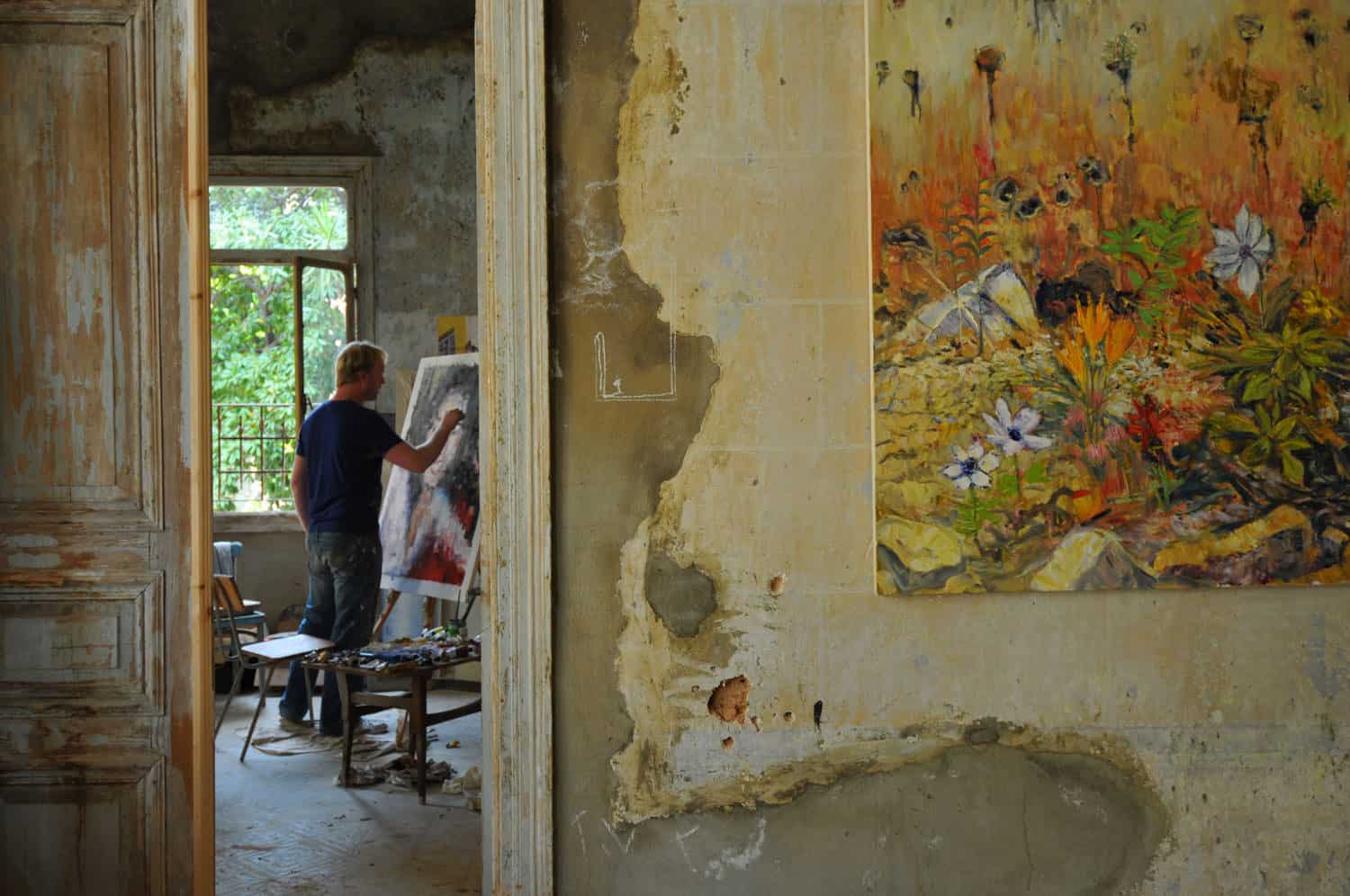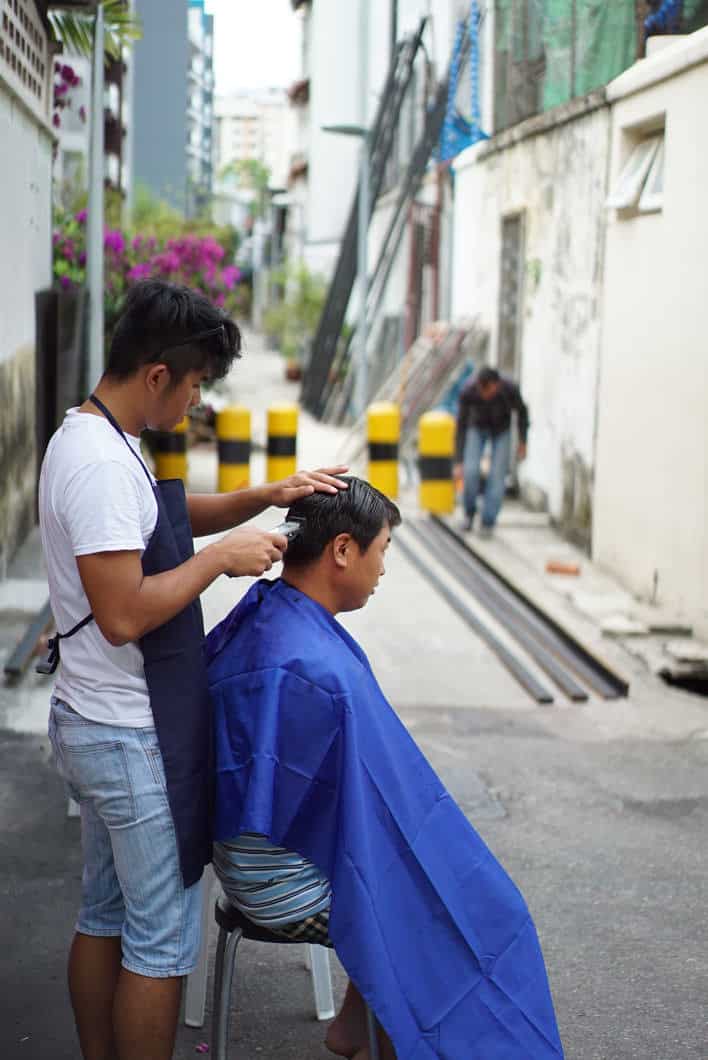In the face of explosive urban development, there is new confidence about reclaiming public space for the people. We explore how cities became a playground for experimentation
Public spaces have been at the heart of cultural and community life for more than 2,500 years. The ancient Greeks designated certain squares as gathering places known as ‘agora’, while in classical Rome, you would head to ‘forums’ to take the temperature of political opinion.
As society’s ideas of governance have shifted, the concept of a ‘public city’ has also evolved. In many parts of the world, spaces historically assigned for social connection have vanished, often replaced by tower blocks: the glittering opaque glass of privatisation. And what has been the response to the loss of our lively streetscapes and hidden pockets of green? From London to Lebanon, spaces are being reclaimed.
Spaces historically assigned for social connection have vanished, often replaced by tower blocks: the glittering opaque glass of privatisation
Geographer David Harvey has described the freedom to make and remake our cities as “one of the most precious yet most neglected of our human rights”. Once the development of ‘urban regeneration’ has taken hold, streets and open spaces are redefined as private land.
The widespread privatisation – and monetisation – of space isn’t only about the removal of land from under our feet. Public space protection orders, introduced by the UK government in 2014, criminalise activities such as busking and rough sleeping within a mapped area. At the same time, green spaces are under threat. Though the Heritage Lottery Fund estimates that 34 million people in the UK regularly visit parks, 45 per cent of local authorities are considering selling them off.
Urban explorers
Social and cultural geographer Bradley Garrett believes that the erosion of public space is having an insidious effect on our wellbeing. “When you engineer public space out of cities, you make people feel unwelcome,” he explains. “Designing cities for corporations or investment banks – just as spaces for commodity flow – really undermines people’s ability to feel an attachment, a sense of place.”
Garrett’s interest in the public space movement started when he wrote a PhD thesis about ‘place hacking’ and urban explorers: people who venture into abandoned and derelict buildings. There are an estimated 420,000 cameras in London – roughly one for every 14 people. This statistic gave him a chill. “The more you trespass, the more it comes to the fore how the city is controlled; how surveillance measures stop us from doing certain things and cause us to monitor our behaviour,” he says.
Designing cities for corporations undermines people’s ability to feel attachment, a sense of place
“Place hacking is a response to a society of control. We need to know that we’re making a choice in our lives, otherwise we start suffering existentially. The act of trespassing, going out and creating the public city, gives you a sense of agency.”
Though London spaces are heavily controlled, the reclamation of privatised land has proved a fertile breeding ground for new and exciting collectives. In the colourful but increasingly gentrified streets of Dalston and Shoreditch, car parks, disused buildings and even alleyways have been repurposed as multifunctional spaces in the name of social connection.
Nomadic Community Gardens, with a site near Brick Lane in the East End, is a not-for-profit organisation aiming to transform disused urban spaces into gardens, allowing people to grow food, create art and share skills. Meanwhile, behind a wooden door on a busy high street hides the Dalston Eastern Curve Garden, resting on the tracks of the abandoned Eastern Curve railway line. The spot hosts vibrant workshops, talks and music nights. These “loose spaces”, as Garrett describes them, attract people from across the community who are keen to retain land for community benefit.

A performance at Hive Dalston, a thriving self-governing community space. Image: Hive Dalston
Down the road at Hive Dalston, (the Human Interest Versatile Environment), a former warehouse space is now under the guardianship of an entrepreneurial self-sustaining community. Hive’s wide-ranging but interconnected activities represent the diverse interests of residents, from “underprivileged artists to political activists, to hippies and homeless people,” explains director Joanna Jagusiak. Its many users have free rein to adapt the use of the space to best suit their needs.
One of the success stories is Phil, who regularly volunteers at the centre. “These guys looked out for me when they could have turned their backs,” he says, gesturing to his colleagues. Describing his efforts to recover from drug addiction and deal with mental health challenges, he adds: “The Hive is our church, where we come to be safe”.
Parklife reborn
If the disappearance of public space in London has been incremental, in some cities, such as Beirut, it has been swift and deliberate. Squares and parks have been openly overlooked in favour of corporate development. For 20 years the city’s largest green space, Horsh Beirut, lay abandoned. This was the result of years of corruption, delays and general indifference from local authorities, according to Mohamad Ayoub, executive director of Nahnoo, a youth-led organisation based in the city.
“The municipality, which is richer than the government itself, didn’t want to invest money into any public services,” he says. “It wasn’t a priority to serve the people.”
With no sign of official movement, those at Nahnoo explored what members of the public really wanted from the park, and presented a management plan to the authorities. After five years of discussions, the seemingly impossible dream became a reality, and Horsh Beirut opened part-time during winter 2015. Now the park is open full-time, and hosts the likes of concerts, yoga groups and family picnics.
“The city took its name from Horsh Beirut,” Ayoub explains. “So it’s not only a park, it’s connected to the memory of the people. Opening the park is like opening the city again.”
Elsewhere in Lebanon, the natural coastline has been all but obliterated by upscale development. Many believe this has come at the expense of public space and solidarity. According to Al Akhbar newspaper, 2.5 million square metres of the coast has been illegally privatised, with many resorts owned by senior politicians. Former transport minister Ghazi Aridi claimed in an Al Jazeera documentary that Beirut is “a country of total exploitation; a country with no shore”.
Still, a determined spirit remains. Artist Tania El Khoury is behind This Sea Is Mine, a project exploring public space and access to the sea. Part-protest, part-performance, she trod water in the ocean, almost invisible except for a sign asserting ‘this sea is mine’ in Arabic. El Khoury says it opened up a much-needed conversation about ownership: “The right to access the water when living in coastal cities should be respected and fought for.”

Tom Young in Villa Paradiso, Beirut, which he helped transform into a gallery. Image: Elsie Haddad
Disappearing heritage architecture is another source of inspiration for those seeking to make Beirut their own. Artist Tom Young is part of the endeavour to open the city’s abandoned mansions to the public. These include Villa Paradiso, which was transformed into a gallery in 2013. It will soon be the home of the ambassador for the European Commission in Lebanon, who will continue to host cultural events in the building. “I’m interested in opening places that have previously only been accessible to elites, so that people from all backgrounds have a sense of belonging to these precious places,” Young says.
Fringe benefits
In other parts of the world, social unrest and grassroots action have sparked the transformation of spaces. In Geylang, Singapore, peripheral areas outside the tightly regulated public domain held chances for sidelined communities to make themselves heard.
Joe Cai is founder of Geylang Adventures, a social enterprise helping local Singaporeans find common ground with migrant workers – a group on the very lowest of social rungs. For Cai, these fringes of urban turf were perfect spots from which to enact change. Speaking from Geylang, Singapore’s red light district, he says: “Gentrification is not as deep-rooted here as it is in other neighbourhoods. There is more flexibility to reclaim public space.”
In back alleys, open fields and fenced-off corners, Cai started a range of community-building programmes. He wanted to improve the lives of oppressed migrant workers, help Singaporeans better understand their experiences and shift negative perceptions of the area. One of his schemes, Back Alley Barbers, provides free haircuts for workers, while an alley dining experience called Hygge gathers strangers at a table for conversation on pertinent social issues. “Everyone listened to me as I shared my stories,” says Md Mukul, a migrant from Bangladesh. “After a while, it felt like I was back home speaking to them like my family.”

Singapore’s alleways have inspired creative communities for migrant workers. Image: Cai Yinzhou
Back in the UK, Bradley Garrett, who once scaled the Shard in London in the name of research, insists there is a pressing need to reclaim space. “The top-down approach has failed,” he says. “We need direct action. Taking back space all the time – these are the answers,” he insists. “We should occupy public squares; we should install gardens. After a while, it becomes clear that the society of control is a fiction. That’s when the public city emerges.”
Main image: ‘Underground’, Bradley Garrett
